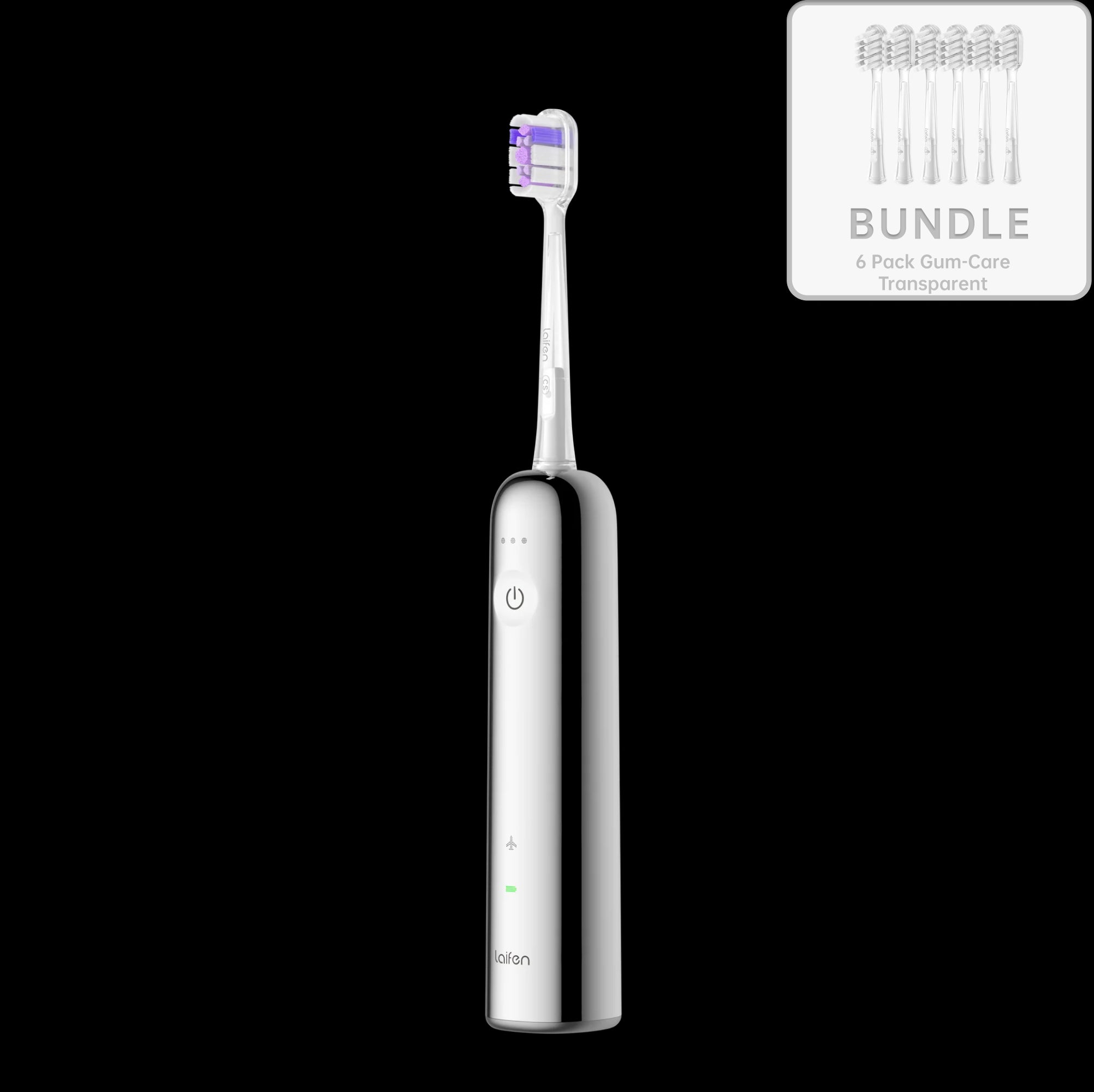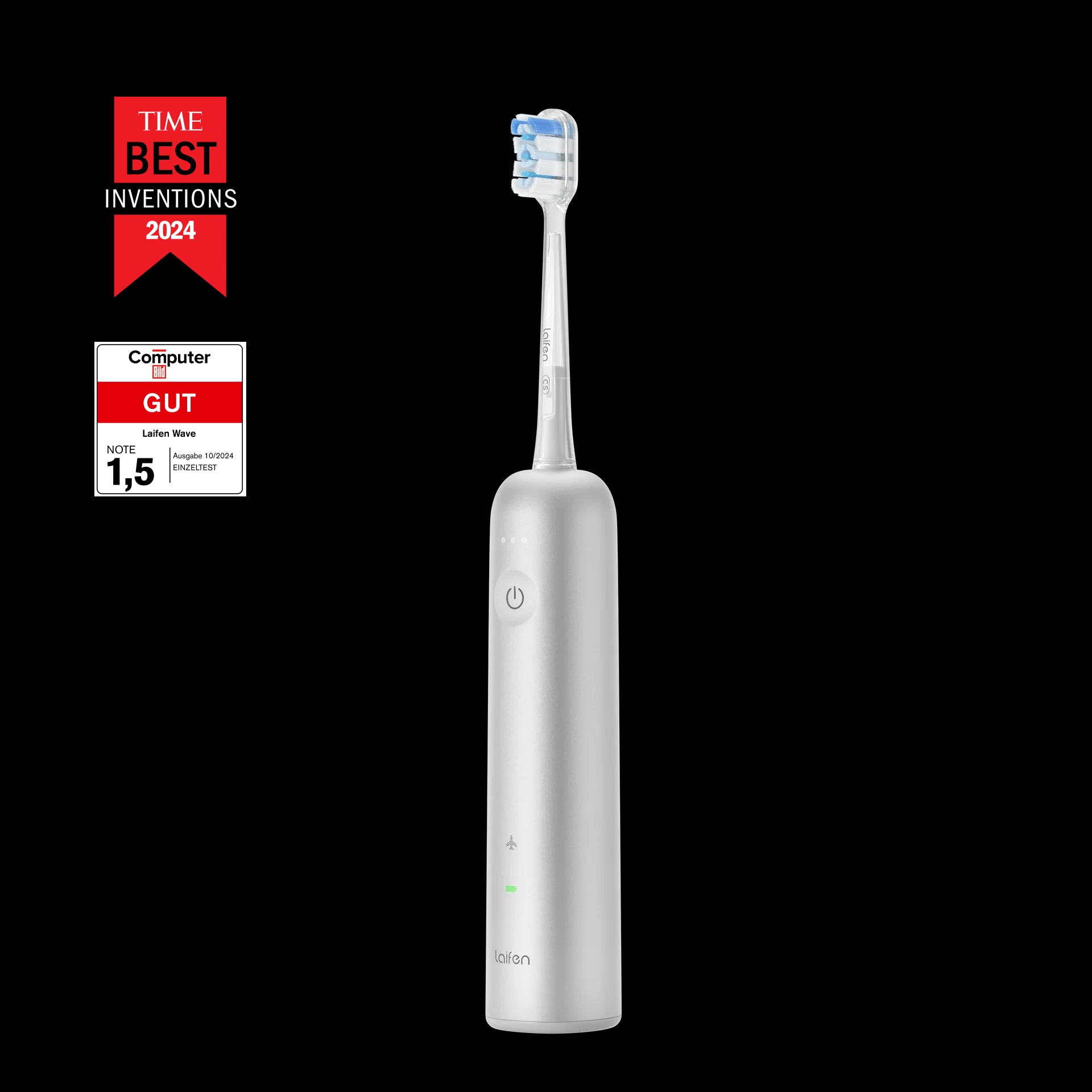
In this article
Understanding male or female pattern baldness is key to combatting your hair loss. Caused by genetics, aging, and hormones, there are a few things you can try to improve the growth of your hair.
Here, we explain what pattern hair loss is and who it affects. We also run through the common causes and look at what science and research tells us about the potential treatments and whether they could be a viable option for you.
What is pattern hair loss, and who does it affect?
Androgenetic alopecia or pattern hair loss, often known as male or female pattern baldness, is a form of alopecia caused by aging, hormones, and genetics.
It can affect both men and women of all ages, and in most cases, it is a result of a person's genetic make up. You can look to your older relatives for signs of whether you might be affected by pattern hair loss, as it often runs in the family.
Your hair constantly goes through a growth cycle, dying and regrowing over time. However, because of genetics, hormones, or age, you get to a stage where your body doesn't replenish the hair follicles that have recently died. This shows a pattern of hair loss.
Though men and women are both affected, there are slight differences between pattern hair loss in men and women:
|
♂️Male pattern baldness |
For men, male pattern baldness typically affects the hairline and crown of the head. It affects approximately 50% of men over the age of 40. It is usually caused by genetics and can't be reversed. |
|
♀️Female pattern baldness |
For women, female pattern baldness causes thinning of hair all over the head and isn't restricted to one area (such as the hairline or crown). It is usually caused by genetics, hormones, or aging and cannot be reversed. |
Male or female pattern baldness causes
So, what causes pattern hair loss in males and females? Well, the condition is usually a result of one or several of the following factors:
Genetics
Genetics is the number one cause of male and female pattern baldness. Unfortunately, if you have male or female pattern baldness because of genetics, you can't do anything to reverse it. Your genes might lead to male or female pattern baldness in your twenties, or it could be delayed until your thirties, forties, or even fifties.
Hormones
Pattern hair loss in some males can be caused by an androgen called DHT. DHT is thought to directly lead to male pattern hair loss, so experts promote blocking it. Some medications—like Finasteride—block the conversion of testosterone to DHT and can potentially help treat male pattern hair loss.
Age
The natural process of aging can cause pattern hair loss. As you age, your hairline is more likely to recede (if you're a man), and your hair is more likely to thin (if you're a woman).
Treatment options for pattern hair loss
Now that you know what male/female pattern hair loss is, how do you treat it? Well, there are some medications and home remedies out there that you can try, as we introduce below:
Male pattern baldness treatments
-
Medication: Two medications have been clinically proven to treat male pattern baldness: Finasteride and Minoxidil. Finasteride is responsible for blocking DHT, while Minoxidil can revitalise your hair follicles by adding key nutrients. Contact a doctor if you want to start using hair loss medications.
-
Hair transplant: This process involves a skin graft from an area of your body that has healthy hair, which is transplanted onto your head. It's an involved and costly process, so it's not for everyone.
-
Platelet-rich plasma: Another potential option is the platelet-rich plasma treatment. Here, the doctor removes blood from your body and processes it, before injecting it into your scalp to stimulate hair growth.
Female pattern baldness treatments
-
Medication: Minoxidil can also be used to treat female pattern baldness. You can buy over-the-counter 2% Minoxidil to treat female pattern baldness, but we recommend a consultation with your doctor before opting for any type of medication.
-
Anti-androgens: Some women are prescribed Aldactone to treat female pattern baldness, but it's not effective for everyone. Again, reach out to your doctor for advice before starting any treatment for hair loss, prescription or otherwise.
-
Iron supplement: If your hair loss isn't genetic, you can take an iron supplement to improve the health of your hair. If you are deficient in iron, taking a supplement can support healthy hair growth.
There are also some male or female pattern baldness home remedies that you can try, like improving the nutrient density in your diet and reducing your stress. Stress can exacerbate hair loss, while a poor diet can make it difficult for your hair follicles to regrow.
You might also turn to a male or female pattern baldness wig, which can hide your receding hairline or thinning hair, while male or pattern female baldness hair extensions may also be an option for you. Still, some people don't like adding anything to their hair, so it's down to personal preference if you want to go down this route.
The verdict
Male or female pattern baldness is commonly caused by genetics and age, though hormones can also play a part in the condition. Medications like Finasteride and Minoxidil can effectively treat pattern hair loss. Still, you should consult your doctor before starting any course of medication, even if you can buy it over the counter.
You should ask your doctor about any potential side effects of any treatment that you start and be fully aware of the success rate of these medicines before getting started.





















